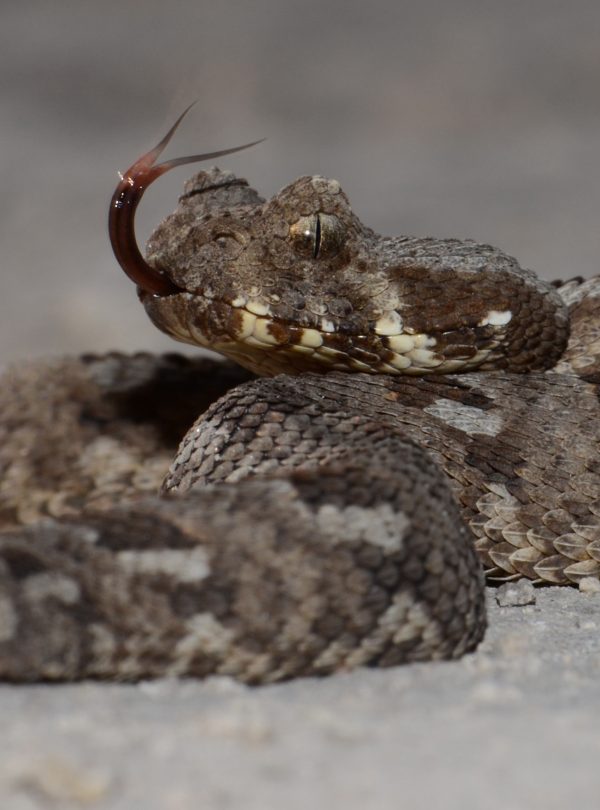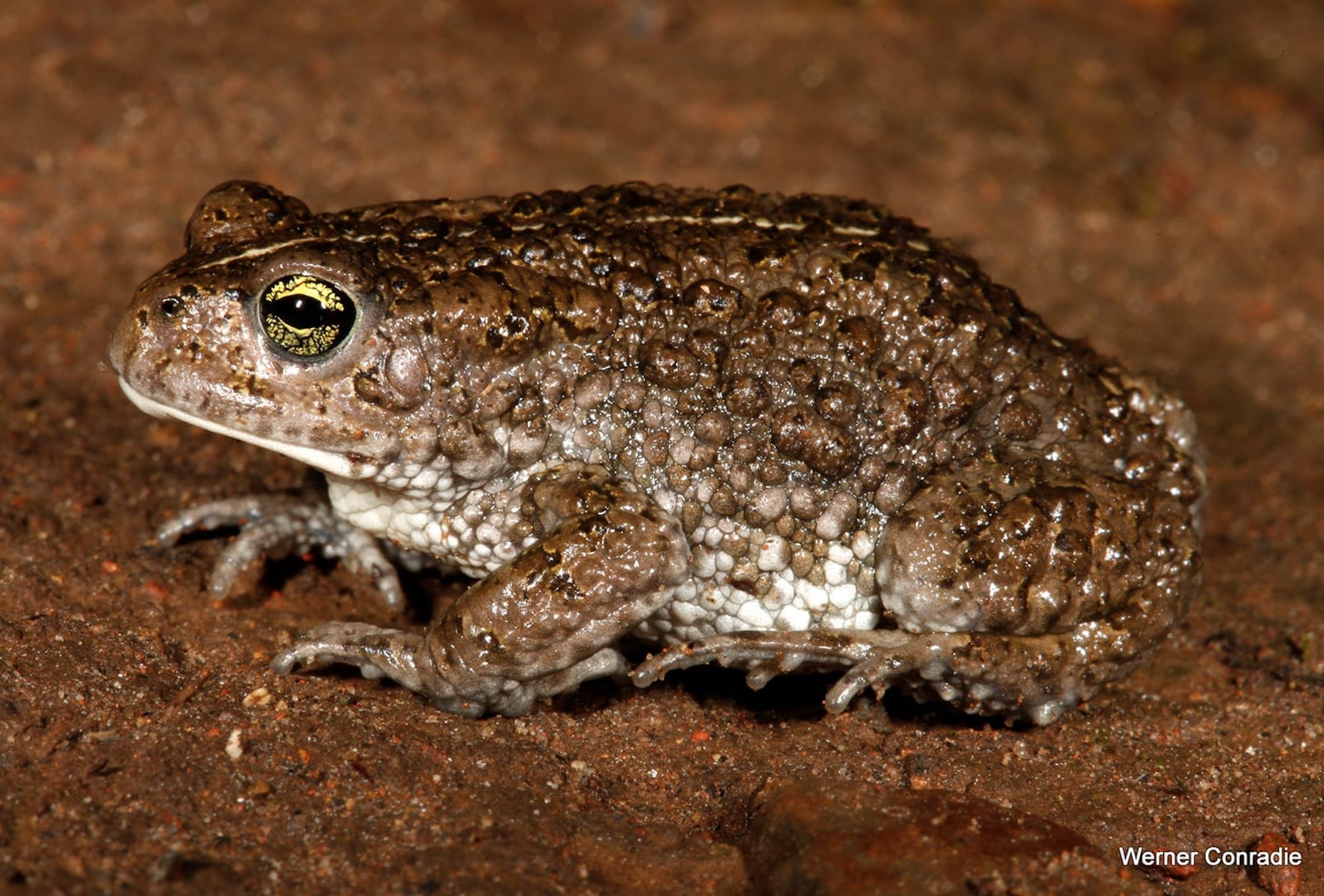
Protecting the Eastern Cape Highlands of South Africa for Rediscovered Amphibian
Support More Work Like ThisSupport More Work Like ThisRainforest Trust and EWT are currently coordinating with local landowners and the government to initiate a Biodiversity Stewardship Program that will ensure the effective protection of this area so threatened and endemic species are formally protected within a safe refuge.
-
Species at Risk
Amathole Toad (CR), Hogsback Chirping Frog (EN), Border Barb (EN), Eastern Cape Rocky (EN), Amathole Malachite (EN), Grey-crowned Crane (EN), Blue Crane (VU)
-
Carbon stored
Not Calculated*
*(metric tons of CO2 equivalents) -
Partner
Endangered Wildlife Trust (EWT)
-
20,000 Proposed Acres Conserved by
Designation
-
Project Cost: $63,891
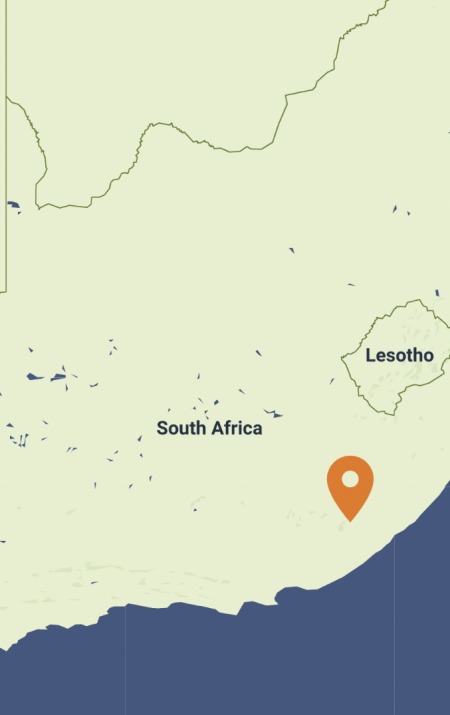
20,000
Rainforest Trust and EWT are currently coordinating with local landowners and the government to initiate a Biodiversity Stewardship Program that will ensure the effective protection of this area so threatened and endemic species are formally protected within a safe refuge.
-
Species at Risk
Amathole Toad (CR), Hogsback Chirping Frog (EN), Border Barb (EN), Eastern Cape Rocky (EN), Amathole Malachite (EN), Grey-crowned Crane (EN), Blue Crane (VU)
-
Carbon stored
Not Calculated*
*(metric tons of CO2 equivalents) -
Partner
Endangered Wildlife Trust (EWT)
-
20,000 Proposed Acres Conserved by
Designation
-
Project Cost: £48,038

20,000
The Amathole Mountains of South Africa consist of approximately 900,000 acres of high-altitude grassland and forest areas. The area’s highland habitats are extremely rich in animal and plant species with high rates of endemism, including the Critically Endangered Amathole Toad. This species was presumed to be extinct, as it had not been seen for 13 years, until it was rediscovered in 2011 by Rainforest Trust’s local partner Endangered Wildlife Trust (EWT). Since this incredible rediscovery, EWT has worked toward the implementation of conservation measures in the region. Though their efforts have made significant progress, forestry and agricultural encroachment has severely impacted the Amathole Toad’s range and that of other endemic species, as the area has no formal protection.
Rainforest Trust and EWT are currently coordinating with local landowners and the government to initiate a Biodiversity Stewardship Program that will ensure the effective protection of this area so threatened and endemic species such as the Amathole Toad are formally protected within a safe refuge. This program will provide an opportunity for local governments and nongovernmental entities to collaborate with landowners to create the Amathole Catchment Protected Environment.
Explore South Africa
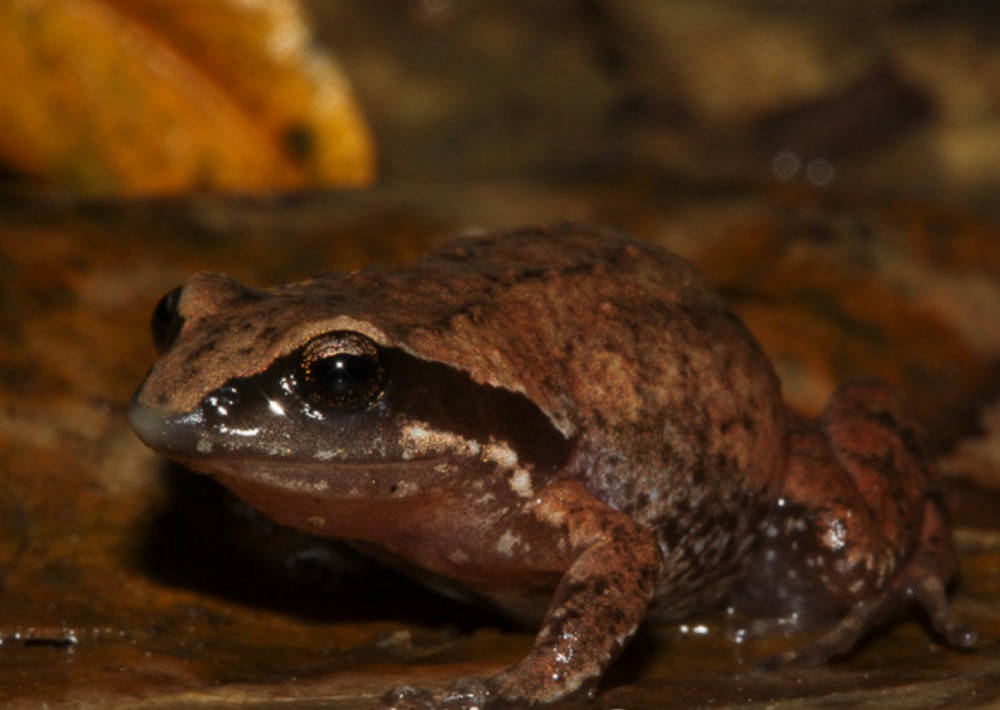
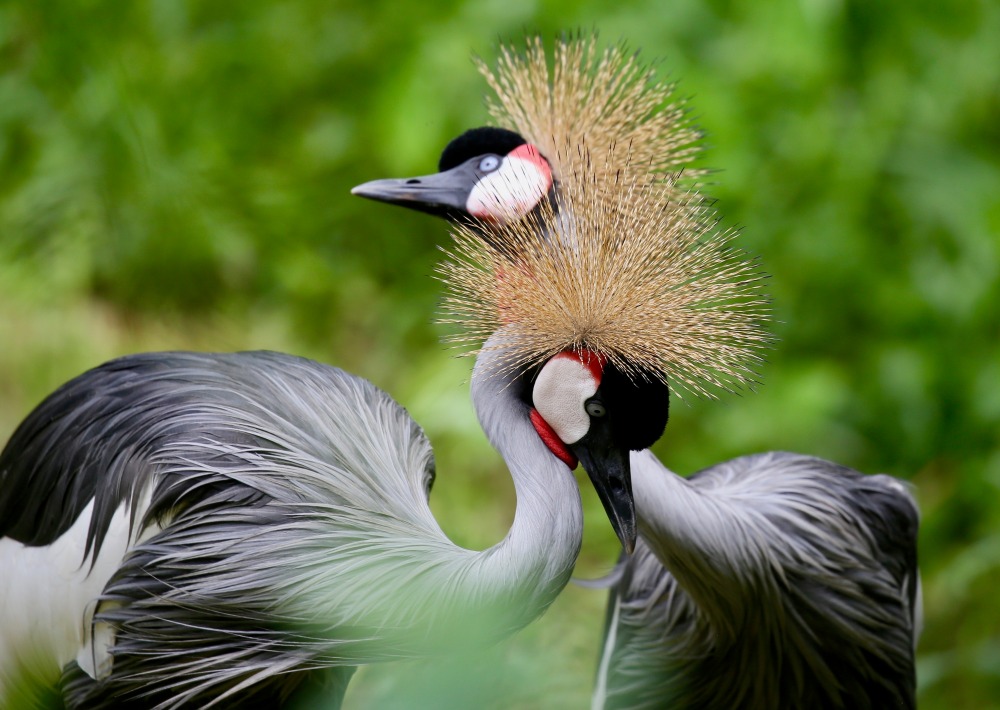
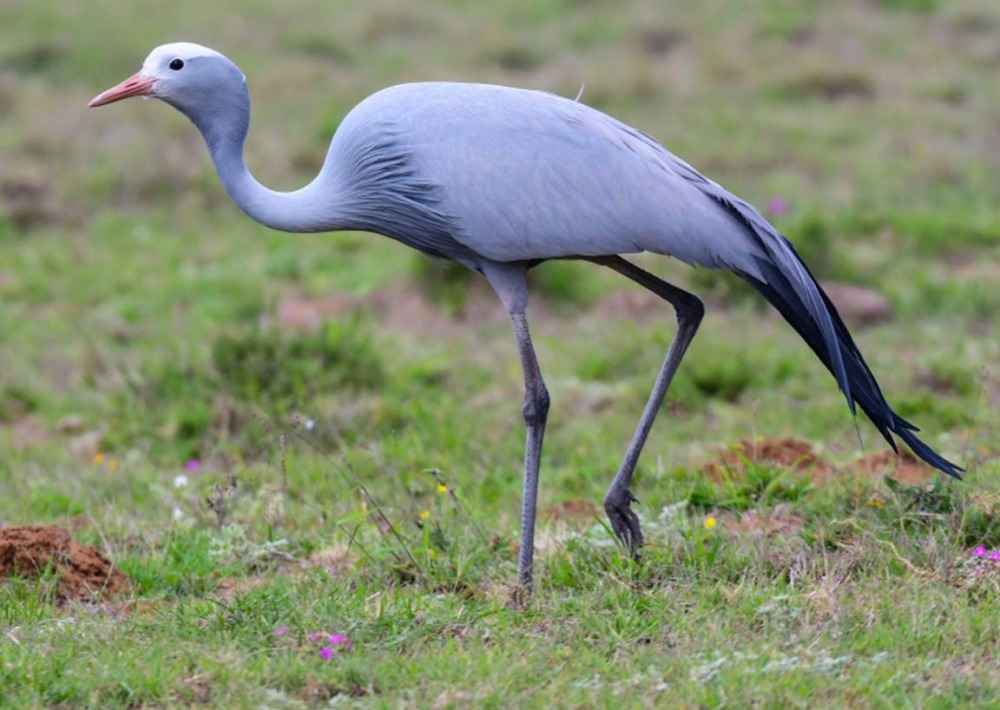
Blue Crane
Biodiversity
The grasslands of the Amathole Mountains are home to an array of threatened and range-restricted species, such as the Critically Endangered Amathole Toad.
This toad is exceptionally rare, and was considered ‘lost’ and presumed to be extinct until it was rediscovered in 2011 by EWT. The Amathole Toad has an incredibly limited range within the Amathole Mountains, and currently its habitat has no protection. Endangered species in the area include the Hogsback Chirping Frog and Grey Crowned Crane, as well as two fish: the Border Barb and the Eastern Cape Rocky. The wide variety of threatened and endemic species located within the region reinforces the need to help safeguard this biodiverse area.
Challenges
Currently, no formal protection exists for this highly at-risk habitat.
The area’s montane grasslands are particularly vulnerable to plantation development and overgrazing. For instance, pine plantation development and agricultural encroachment have already severely impacted the Amathole Toad and other key species sharing its habitat. Additionally, invasive vegetation that is favored by habitat disturbance is already present across large areas in the region.
Communities
The Amathlati Local Municipality has a population of around 122,778 people, although the proposed protected area is in a sparsely populated, largely agricultural region.
The Amathole catchment is a critical water supply area for the Eastern Cape Province, providing water to millions of people. Landowners have expressed great interest in habitat protection options through the Biodiversity Stewardship Program, working with EWT and the provincial conservation agency to formalize agreements. It is crucial that this program becomes implemented as soon as possible before further habitat is lost.
Solutions
Rainforest Trust and local partner EWT are working closely with private and communal landowners through a Biodiversity Stewardship Program, which recognizes landowners as the custodians of habitats and ecosystems on their own land.
Through Biodiversity Stewardship agreements, Nature Reserves and Protected Environments are formally declared under the terms of the Protected Areas Act of South Africa and supported by the provincial conservation agencies, providing long-term security for the sites involved. A range of options is available to stakeholders, and Rainforest Trust and EWT will seek agreements best able to meet the needs of target species through the creation of the Amathole Catchment Protected Environment.
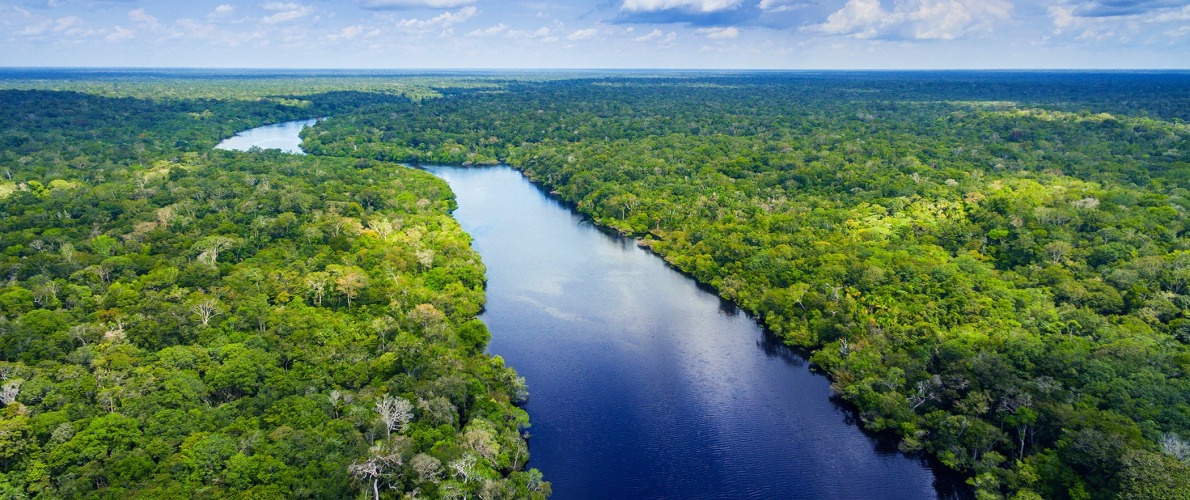
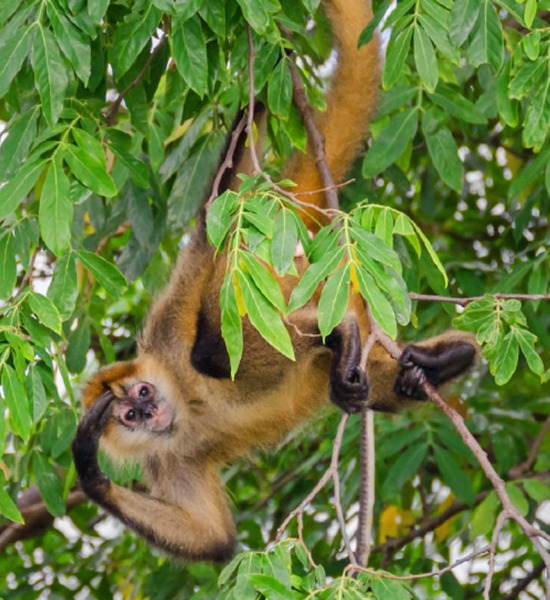
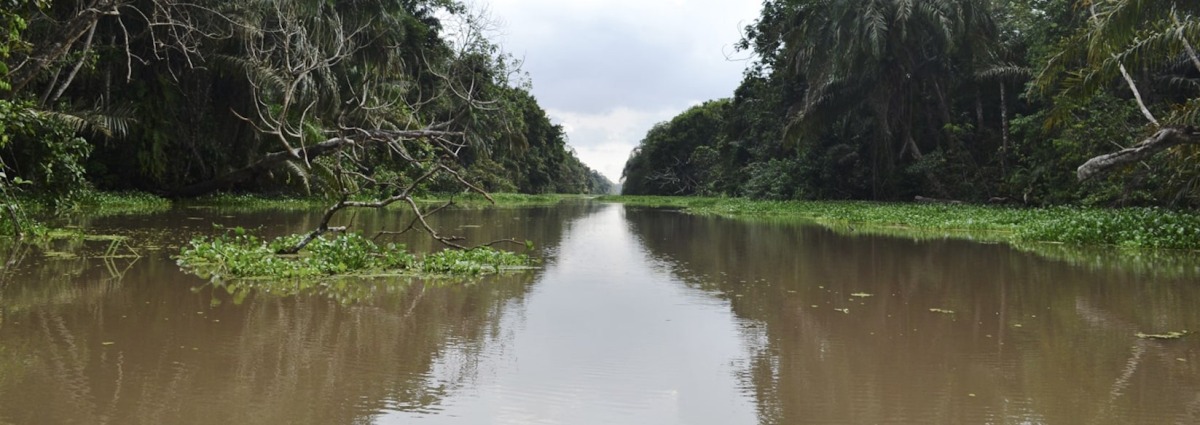
Partnering to Save the Rainforest
Our partners’ ability to work with their governments and build strong connections with local communities ensures the successful implementation of our projects.
Learn More About This PartnerLearn More About This Partner
